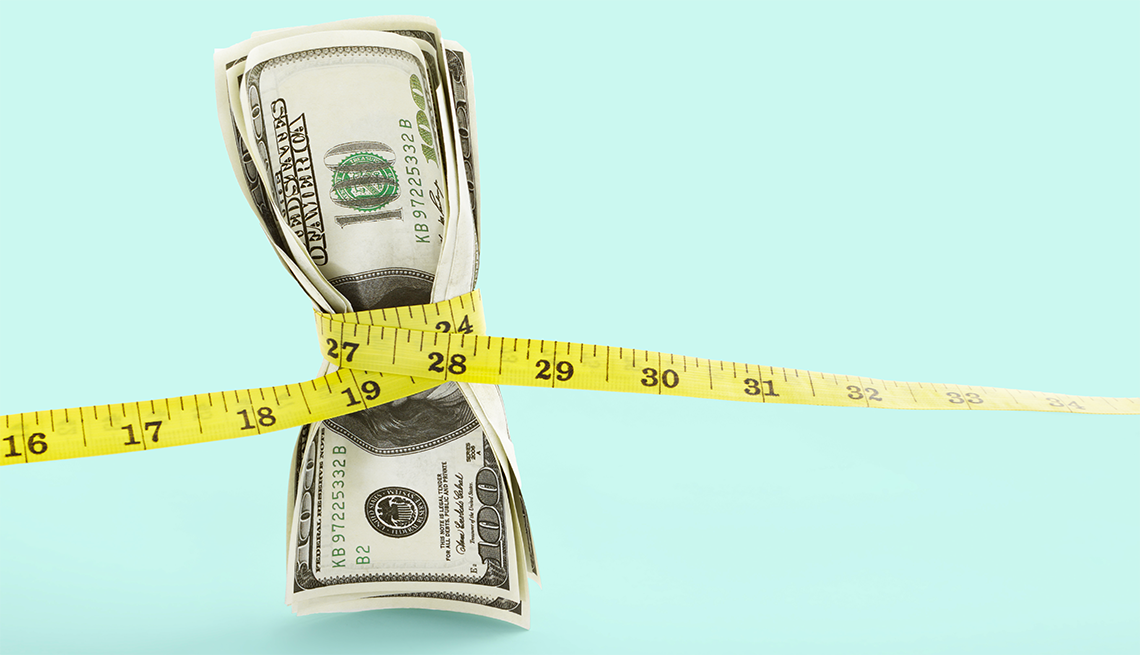AARP Hearing Center


Bank fees, unused streaming subscriptions and extended warranties are just a few of the unnecessary costs that can pile up and take a big bite out of your wallet.
If you aren’t watching your spending, it can be easy to blow your budget, especially if you’re retired and living on a fixed income.
Get back on track by eliminating these 11 common money wasters.
1. Ghost subscriptions
Subscriptions are easy to get online — and easy to forget. More than 4 out of 5 Americans have at least one paid subscription they don’t use, according to a 2024 survey by financial technology company Self.
Some automatic payments, such as for monthly utility bills, are convenient and can help you avoid late fees. Others can turn into money leaks if you’re not watchful. For example, a subscription to Ancestry.com starts at $25 a month and a cloud storage subscription to Dropbox starts at $12 a month, but if you’re not actively researching your family tree or storing documents on a cloud, canceling these subscriptions before they auto-renew can help you save.
2. Streaming services
U.S. adults with streaming subscriptions spend on average more than $200 a year for services they don't use, a 2025 CNET survey found. Tess Zigo, a certified financial planner based in Palm Harbor, Florida, recommends thinking critically about your media subscriptions. “Netflix, as an example, has drastically increased prices, like most providers,” she says. “Go through and determine how many streaming services you need. We currently have five and are trying to trim these down to one or two that we really value.”
3. Water leaks
In addition to keeping you up at night, a drip-drip-drip from a leaky faucet, toilet or showerhead can drive up your water bill. A single faucet that leaks at a rate of one drip per second wastes more than 3,000 gallons per year — the equivalent of over 180 showers, according to the U.S. Environmental Protection Agency.
4. Bank fees
The average monthly fee for an interest-bearing checking account is $15.45, or around $185 a year, according to Bankrate.com. But these fees are avoidable.
If your bank doesn’t offer an interest-bearing checking account with no fee, consider opening an account at a credit union. (Credit unions typically have fewer fees than commercial banks.) Or, if you’re willing to give up the brick-and-mortar bank experience, many online-only banks offer no-fee checking accounts.














































































More From AARP
Things You Never Knew About the Post Office
From mail-delivery boats to storing stamps underground, these facts may surprise you
25 Great Ways to Save on Car Costs
From car-buying to insurance to maintenance, here’s how to spend less on your vehicle
9 Big-Ticket Purchases Retirees Often Regret
Think twice before pulling the trigger on that boat or RV